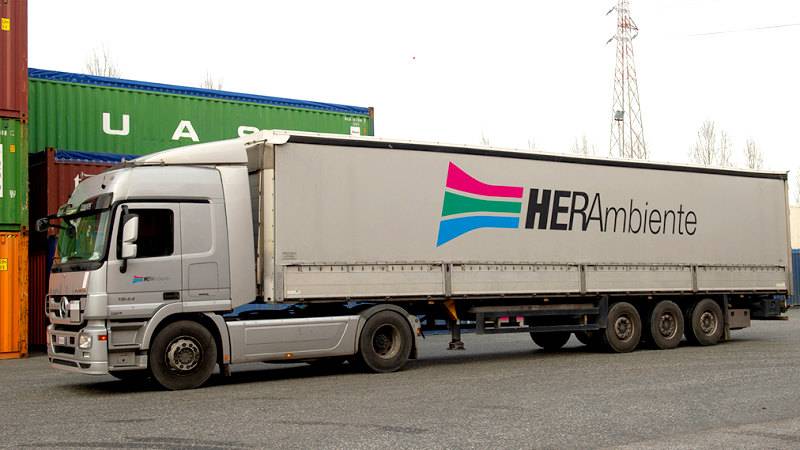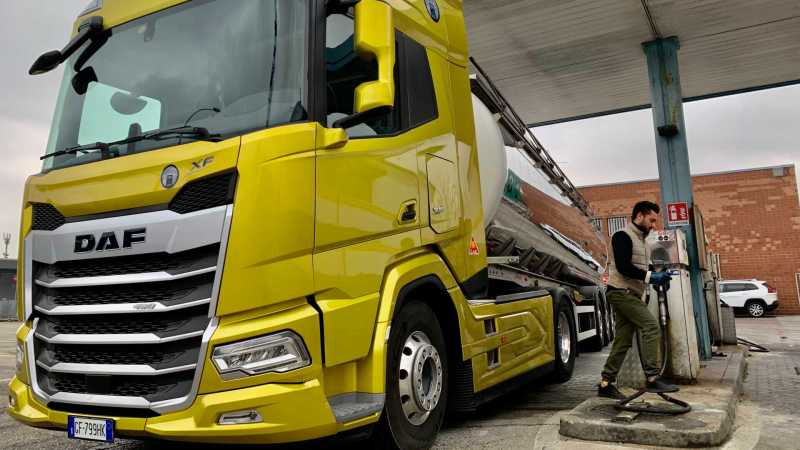In 2024, air cargo achieved extraordinary results, with a year-on-year growth of 11.8% in tonne-kilometres, surpassing pre-pandemic levels, according to a IATA report. This surge was primarily driven by the continuous rise in cross-border e-commerce, as well as capacity limitations in maritime transport caused by the Red Sea crisis, which led many shippers to opt for air freight as a faster alternative.
The air cargo capacity, measured in available tonne-kilometres, returned to 2019 levels in 2023, thanks to the reopening of Chinese borders, allowing passenger aircraft to once again offer bellyhold capacity on international routes. Despite the return to a degree of normalisation, the airline association expects this trend to continue into 2025, with a gradual reduction in the ratio between dedicated cargo capacity and bellyhold space.
Disruptions to global supply chains caused by the pandemic and subsequent logistical challenges led to significant volatility in both maritime and air transport rates. Furthermore, the Red Sea crisis had an additional impact, resulting in relatively lower air freight prices compared to maritime transport, thus increasing air cargo competitiveness. However, this situation may change once all major maritime routes, such as the Suez Canal, are considered secure for cargo transit. Additionally, if shipping companies are able to introduce new naval capacity, competition between the two transport modes may diminish.
Financial data for air freight shows a strong recovery in 2023, with continued expansion into 2024. Profit margins, revenues, and costs all point to a sector that has responded effectively to the post-pandemic challenges. Thanks to robust demand and stabilised yields, the sector's overall revenue rose in 2024, with continued growth expected in 2025.
Although growth may moderate in the coming years, IATA believes the outlook for 2025 remains positive, with demand continuing to support the sector. The ongoing evolution of the global market, alongside improvements in air transport efficiency and geopolitical dynamics, will ensure that air cargo plays an increasingly crucial role in the global logistics landscape. In summary, forecasts for 2025 suggest stable yields, with growth sustained by ongoing demand and the consolidation of traffic flows between regions.




























































